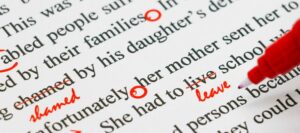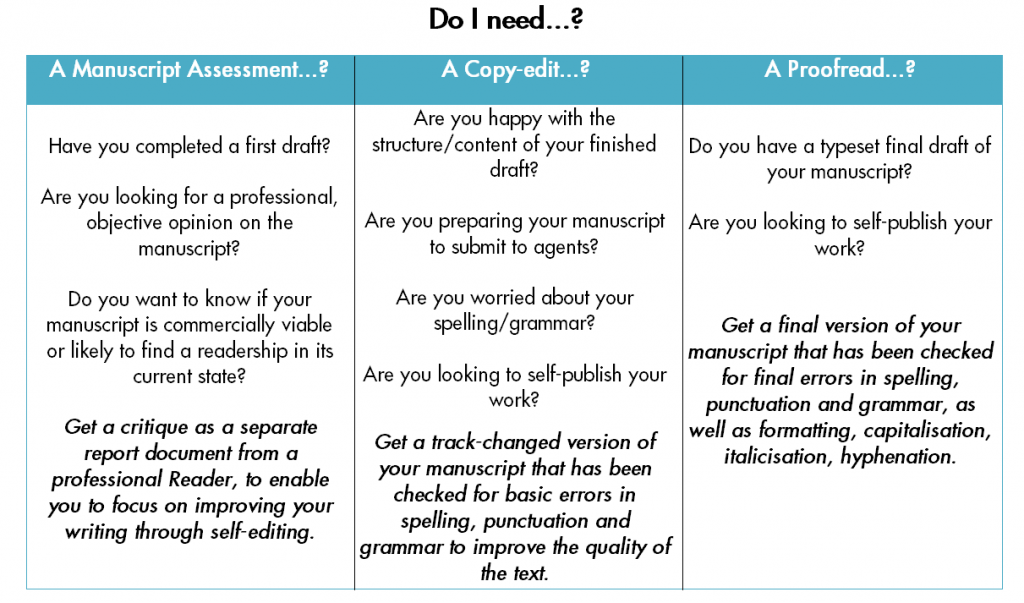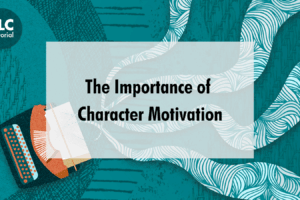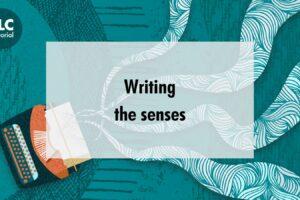‘I’m looking for someone to proofread my book.’
When a freelance proofreader or copy-editor receives an enquiry along these lines, the first thing we’re tempted to ask is, ‘Are you sure that’s what you’re looking for?’ What we actually ask, if not in so many words, is what they mean by ‘proofread’.
Once upon a time, in the days when traditional publishers had control of book production, it was clear what was meant by editing, copy-editing and proofreading. An author’s work could only find its way to the reader via a publisher, who would have intervened in the text editorially to a greater or lesser extent before setting it on its way through the production process. At this stage the copy-editor would prepare the manuscript for typesetting, making the text fit for purpose, checking for problems of spelling and punctuation and keeping an eye out for factual errors and any structural problems that might have slipped through. From that copy-edited manuscript the book would be typeset, at which point the proofs would be handed to a proofreader for a final quality check, including the design and layout of the page as well as the text itself, prior to printing.
That was still the case when I became a freelance proofreader and copy-editor, but how things have changed in the fifteen or so years since then. Now there are so many ways for a writer to reach their readers without any need to involve a publisher – or even a printed page. Today, whether working in fiction or non-fiction, editorial professionals are as likely to be approached directly by authors as by publishing houses, perhaps more so. And whereas the desk editors at a publisher would (usually …) know exactly what they meant by a proofread or a copy-edit, that’s not the case for a lot of authors.

More often than not the ‘book’ in question will be a manuscript, most likely created in Word or a similar programme, and not yet set out in its final format, so immediately it’s likely to be more of a copy-edit than a proofread. Indeed, it’s not uncommon to hear the hybrid term ‘proof-edit’, which is effectively slightly more than a proofread but slightly less than a copy-edit. A major part of such a process will involve just the sorts of checks that a new author might expect to be part of a proofread: looking out for literal errors such as spelling mistakes and incorrect punctuation or grammar. But in this case the proofreader would also be watching for issues such as consistency and ambiguity, as well as any significant factual or structural errors.
The difficulty for the freelance copy-editor and proofreader is knowing just what level of intervention is going to be required, and even a sample of the manuscript is not always enough to reveal all the problems that may be encountered. In traditional publishing, the copy-editor would usually be made aware of how much editorial input had already taken place, and could therefore have a degree of confidence that the text would be in good shape in terms of structure, style and word choice, and an understanding of how light or heavy a hand they would need to use. The proofreader, meanwhile, would usually have the copy-editor’s marked-up copy for reference.
Nowadays, the question is often one of how much editorial assistance and intervention an author needs and how much the author thinks they need; the two are frequently not the same! While many authors appreciate the guidance that a good editor can provide, and actively seek the assistance of an editor to ensure that their manuscript is in the best possible shape, there are just as many who believe that the novel that they have written needs no further work other than, as one author said to me, to ‘dot the i’s and cross the t’s’. (As you’ve no doubt guessed, it needed rather more than that!) Another author evocatively described her protagonist’s long winter train journey north, starting from London in late afternoon, but had her depart from the wrong station and arrive in full daylight, issues somewhere outside the traditional proofreader’s remit but just the type of thing a copy-editor needs to pick up.
I’ve been working with TLC for several years now, and have come to appreciate more and more the advice that they offer to aspiring authors. If it’s a full assessment of their manuscript that they’re looking for, or if they realise that the bones of the book are in place but it needs some shaking up or knocking into shape that an experienced development editor could offer, then that’s not something that I’d take on. But if they’re confident that it’s just a copy-edit, or maybe even a proof-edit, that is required, and they’ve understood from TLC what it means, then it’s wonderful to have the opportunity to work with them and help bring the worlds they have created out into the light.

For more information on copy-editing and proofreading, see TLC’s pages on these services:









One Response
Thank you for a highly informative article.